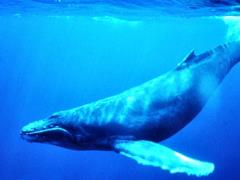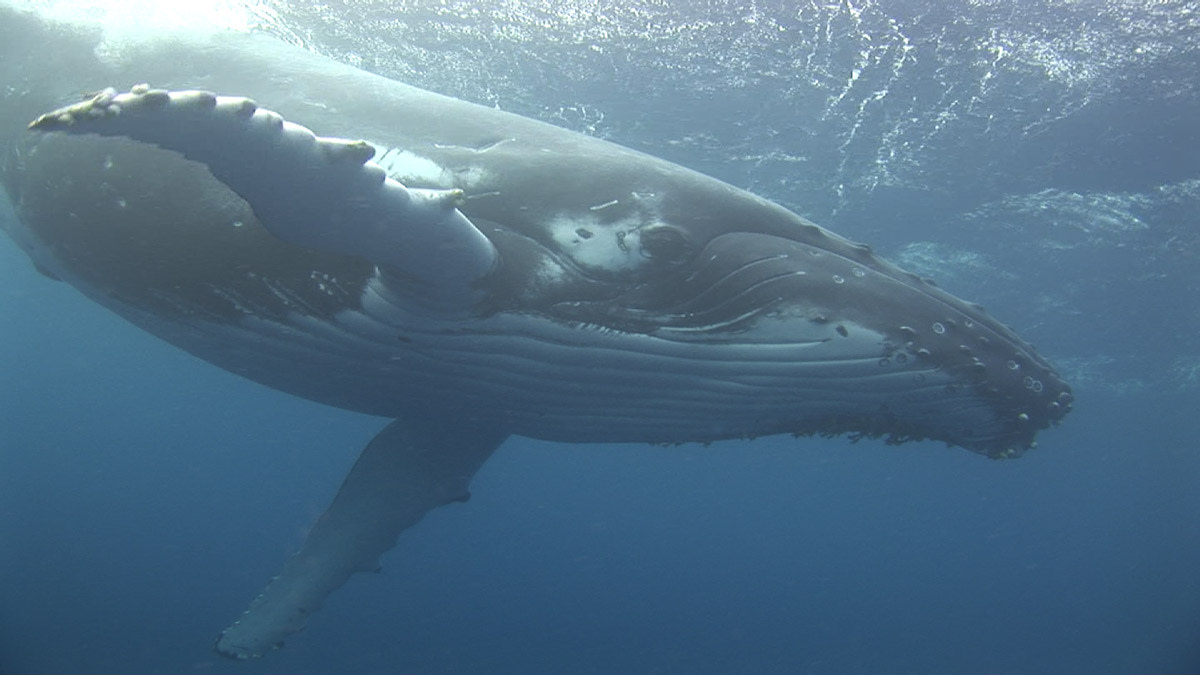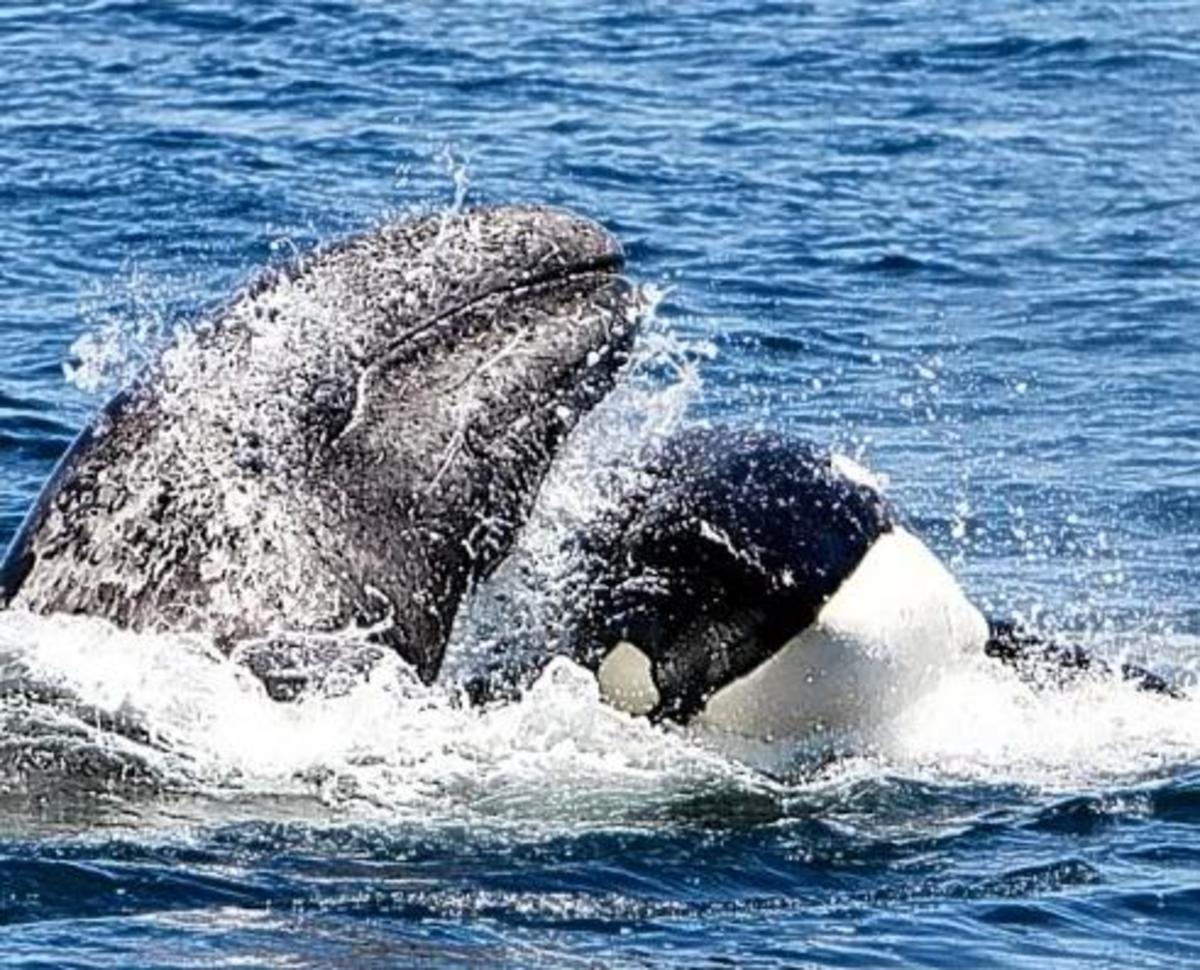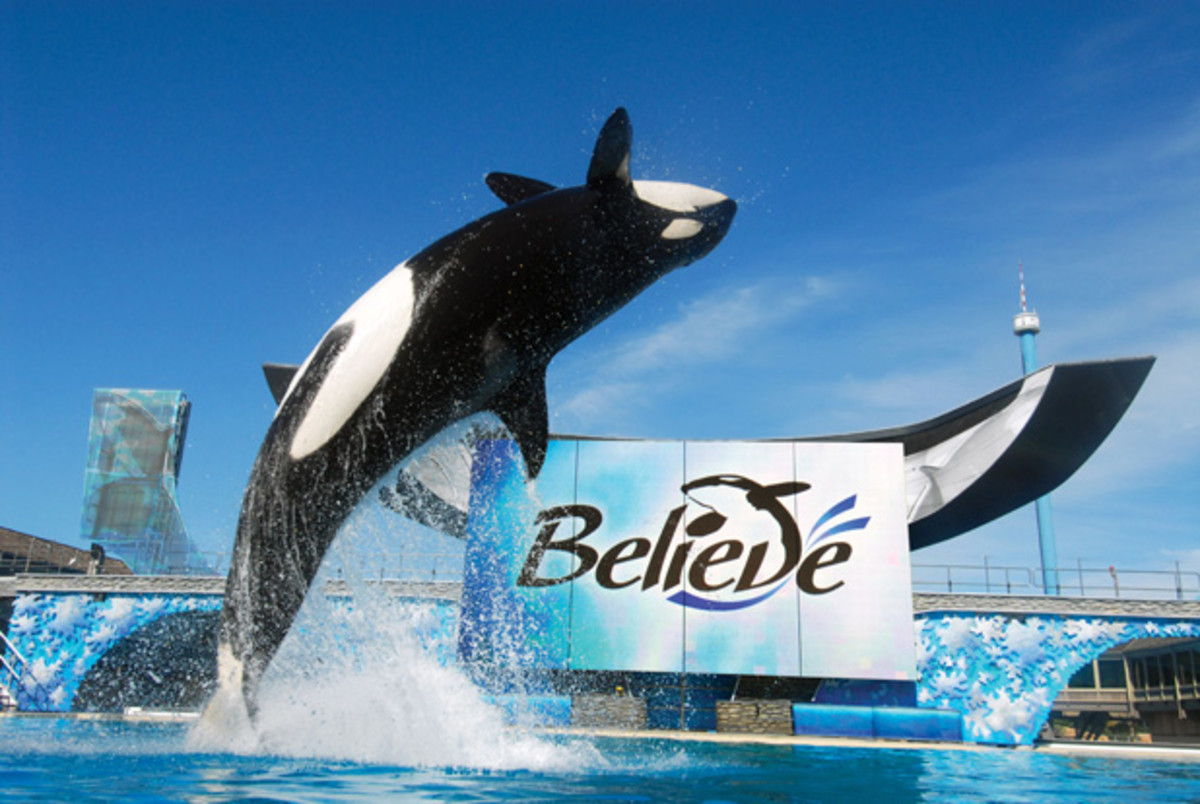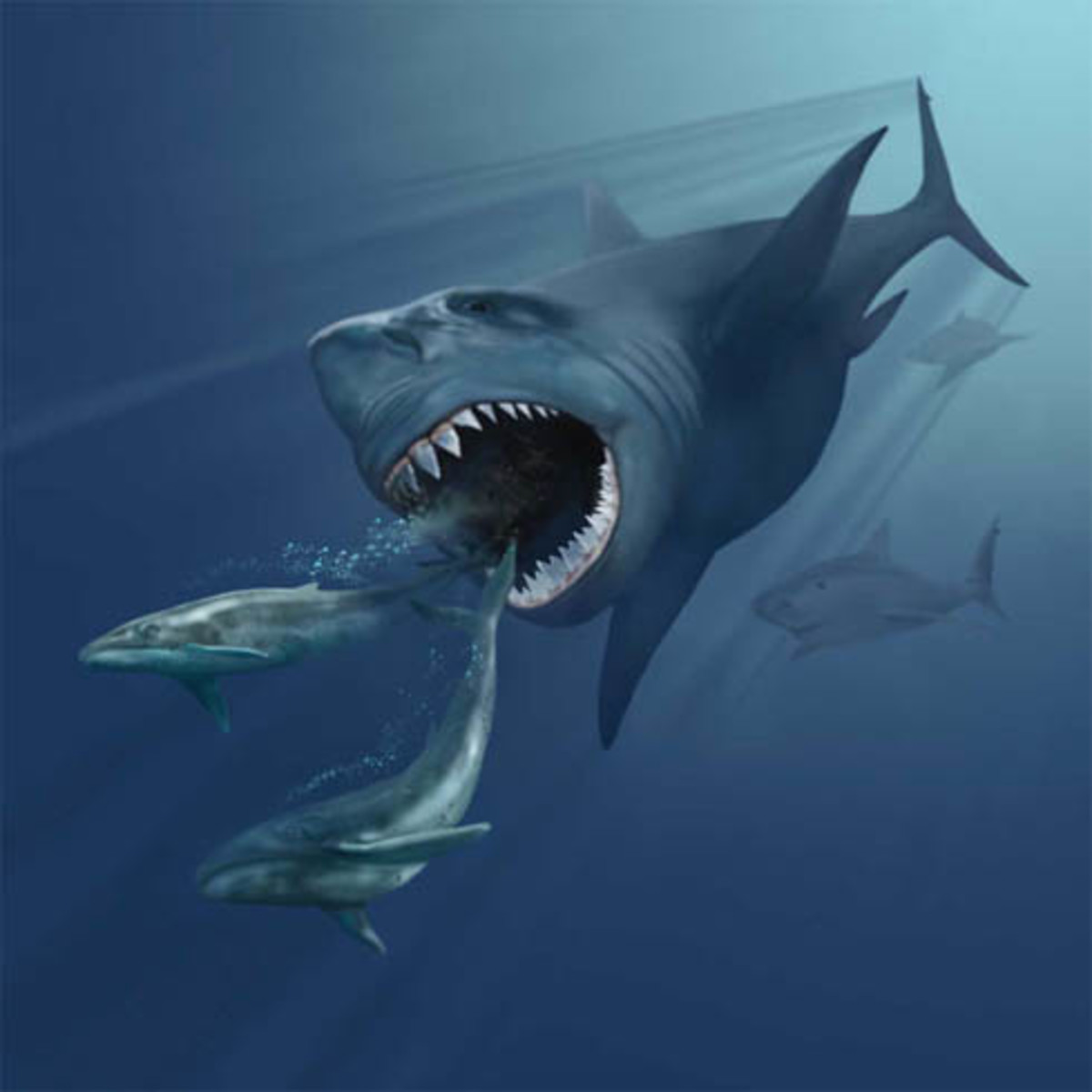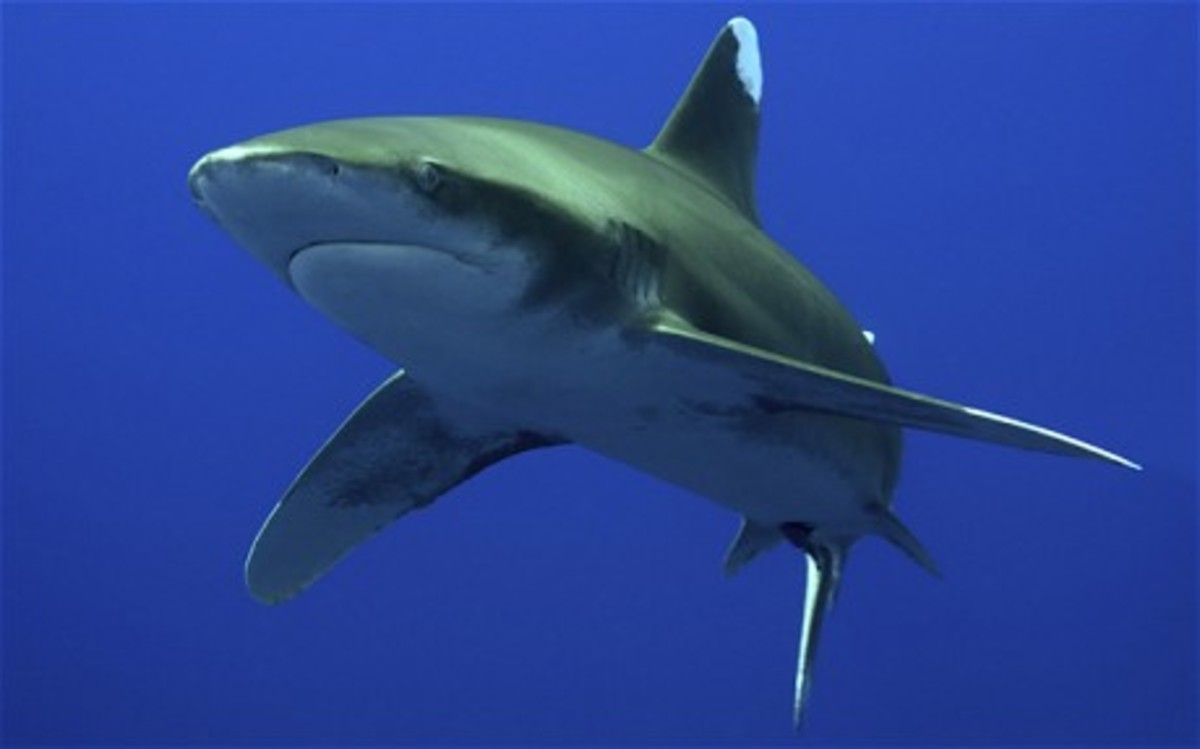- HubPages»
- Education and Science»
- Life Sciences»
- Marine Biology»
- Marine Life
A History of Whaling
Before You Read: Watch this video
Since the industrial revolution, approximately 2 million whales have been killed by whalers. Is this a sustainable situation? Are we doing enough to ensure these beautiful marine animals don't go extinct?
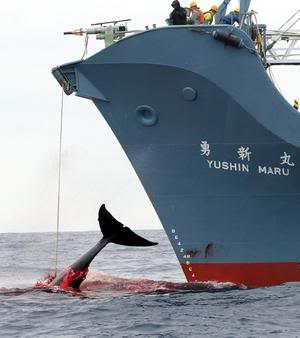
The Baseline Problem: Greed
It is truly a tragedy, the loss of Marine life that man has inflicted on this planet. Not too many centuries ago, the seas were teaming with marine life. Traditional whaling methods weren't all that harmful to the whale populations as a whole. But by the mid 19th century that began to change. The industrial revolution was the beginning of the mass killings of whales with the advent of Mechanization. Mechanized processing of whales on board ships could massively increase the output of whaling operations. Transportation, of whale parts could be done on a massive scale, at a faster ship speed. Time and efficiency, were all that mattered in the whaling industry. More whales meant more money, which shows the baseline problem of greed. Whaler's could care less if their whale populations die, they will just move on to the next and devour.
If you want to see what the power of greed can do to the environment, just look at our whale population. The appetite for whale carcasses is driven by the appetite for money. Not all people in the whaling industry are that way, but with the reduced number of animals, the competition is fierce. The prices of each catch are much higher than they use to be. With the increase demand and short supply, the incentive to catch one whale is extremely high. For a short term financial goal of a whaling company, the catch itself could pay hundreds of thousands of dollars. Overall in the 20th century, approximately 2 million whales have fallen under the knife of whaling. Also, it is project that only half of the total whale population exists today. So you can see why money and greed has played a major role in the depletion of the whale population. Thankfully, the IWC has headed the operation of halting this trend.
3 Types of Whaling
- Permit
- Indigenous
- Commercial
The IWC and 3 Types of Whaling
The IWC (International Whaling Commission) which was formed in 1946, is the official entity that manages whaling activities and conservation. It is a cooperative conglomerate of 88 countries around the world, who serve to protect the whale species from extinction. By, enforcing whaling bans, scientific research solutions and setting diplomatic pressure on pro-whaling countries such as Norway, Japan and Russia; the IWC has taken the helm. Specifically It sets catch limits on each whale type or otherwise restrict whaling of certain whales altogether. Whaling companies are now required to keep accurate records of their catches, and display them to the IWC for verification. In some countries, Companies that are in violation and caught will face fines and jail time. In China, one could be sent to 10 years behind bars for each violation.
The IWC has clearly defined and oversees 3 main types of whaling.
Commercial whaling: Described as whaling for commercial purposes with catch limits and restrictions. Whale species who are not in immediate threat of becoming extinct are allowed to be hunted.
Special Permit: Deemed for scientific research purposes only and must fulfill the requirements established by the IWC. Such activities are for knowledge of whales and knowing how to better protect them.
Indigenous Whaling: The IWC also recognizes the importance of allowing natives to perform their traditional whaling practices. Indigenous whaling does not have a great impact on the number of species. However the IWC does insure that critically endangered whales have catch limits in these cases.
If you would like to help, please visit the IWC website. There you will find all the information you need.
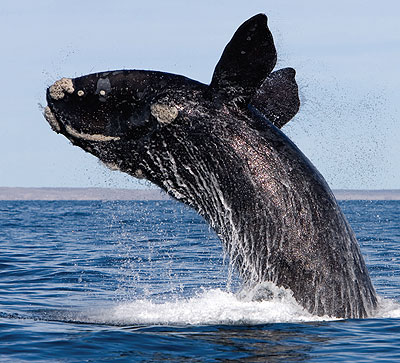
"Whaler's could care less if their whales go extinct, they will just move on to the next thing and devour."
The Problem of Illegal Whaling
A big portion of the IWC's activities are geared towards stopping illegal whaling. While it is impossible to cease all incidents from occurring, their efforts do reduce the number of occurrences.
One of the largest problems has been the hiding of whale catches. While the Soviet Union was still in existence, the Soviet Union whalers covered up on their whaling reports. It all started with one ship called the Slava, which killed thousands of whales it's first few seasons. Thereafter, the Soviet Union created a whaling fleet devoted killing the animals, but only for their oil! Stripping only the blubber for the oil, the Soviets would then just cast them into the sea to rot. This is unlike Japan or Norway, where they find uses for the other parts of the whale. However, Japanese whalers did help cover the Soviets on whaling tours.
Soviets hid records, burned them, erasing any trace of the estimated 180,000 whales that they had illegally killed throughout the mid-late 19th century. It wasn't until around the collapse of the Soviet Union that these records came to light. Moreover, much effort was required to compile the records, because much of the information was fragmented.
The amount of damage done to the whale population, was found to be unprecedented and shocking to the the world community, which spurred into action the IWC's heavier involvement. In 1986, the IWC placed a ban on all commercial whaling. Since then, the IWC has vehemently fought against any efforts to let commercial whaling get out of control again. As stated above, some whales may be hunted, but in limited quantity.
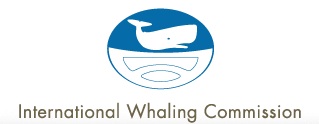
IWC's Impact
It is quite clear that the whale population is strained, given the amount of effort requires constant oversight and vigilance. This is the sole purpose of the IWC: to be a pioneer for whale conservation. Such effort must be in place to keep humans from wiping out whales completely, because it would happen if the situation was unchecked. It is unfortunate, that some whalers can't seem to understand, that the extinction of whales means not only the end of a species, but also the end of their own lively hood. So has the IWC really made that much of an impact? Is the situation insurmountably critical?
In the grand picture yes, when you consider the amount of marine life lost within the past two centuries it is easy to get discouraged. But the IWC has taken major steps to insure the recovery of whale species. It's impact is noticeable. Within the past 20 years, a number of species have seen a uptick in numbers such as the Blue Whale. Their growth rate hovers around 8% annually, according to the IWC. This is trending mostly across the board. However, there are few species who have not been so lucky.
The Northern Pacific Right Whale for example was hunted to near extinction in the 19th century. With their numbers being a suggested few hundred, their recovery rate is dismal Compared to other whale species, 8% is not an optimal recovery rate, for just a few hundred. 200 right whales would only yield 16 new caffs per year, and added with the complications of possible inbreeding, genetic mutations and disease, this species is finding it hard to recover. See the table below for a better explanation. The Northern Pacific Right Whale is a very specific type of Right Whale, not to be confused with the general population. It is a highly protected species of Right Whale, and it is strictly illegal to hunt them. The IWC has helped create what is called a critical habitat zone for this particular right whale. Click the link to learn more about critical habitats.
Nonetheless, the IWC has proven that it can help encourage the rebound of the whale species as a whole. Some species will take more time than other. The lower the population, the higher the danger is for extinction.
Whale Number Statistics
Worldwide
| Average % Growth Per Year
| |
|---|---|---|
Mink Whales
| 1,401,500
| +
|
Blue Whales
| 2,300
| 8.2
|
Fin Whales
| 42,800
| N/A
|
Gray Whales
| 18,100
| 2
|
Humpback Whales
| 144,980
| 8
|
Bowhead Whales
| 24,050
| 3.2
|
Right Whales
| 24,400
| 7
|
Bryde's Whales
| 21,000
| N/A
|
Pilot Whales
| 780,000
| N/A
|
Total Whales Estimated
| 2,460,000
| |
Estimated Whales 150 years ago
| 5,000,000,
|
Numbers have been compiled directly from the IWC's website
Blue Whale
